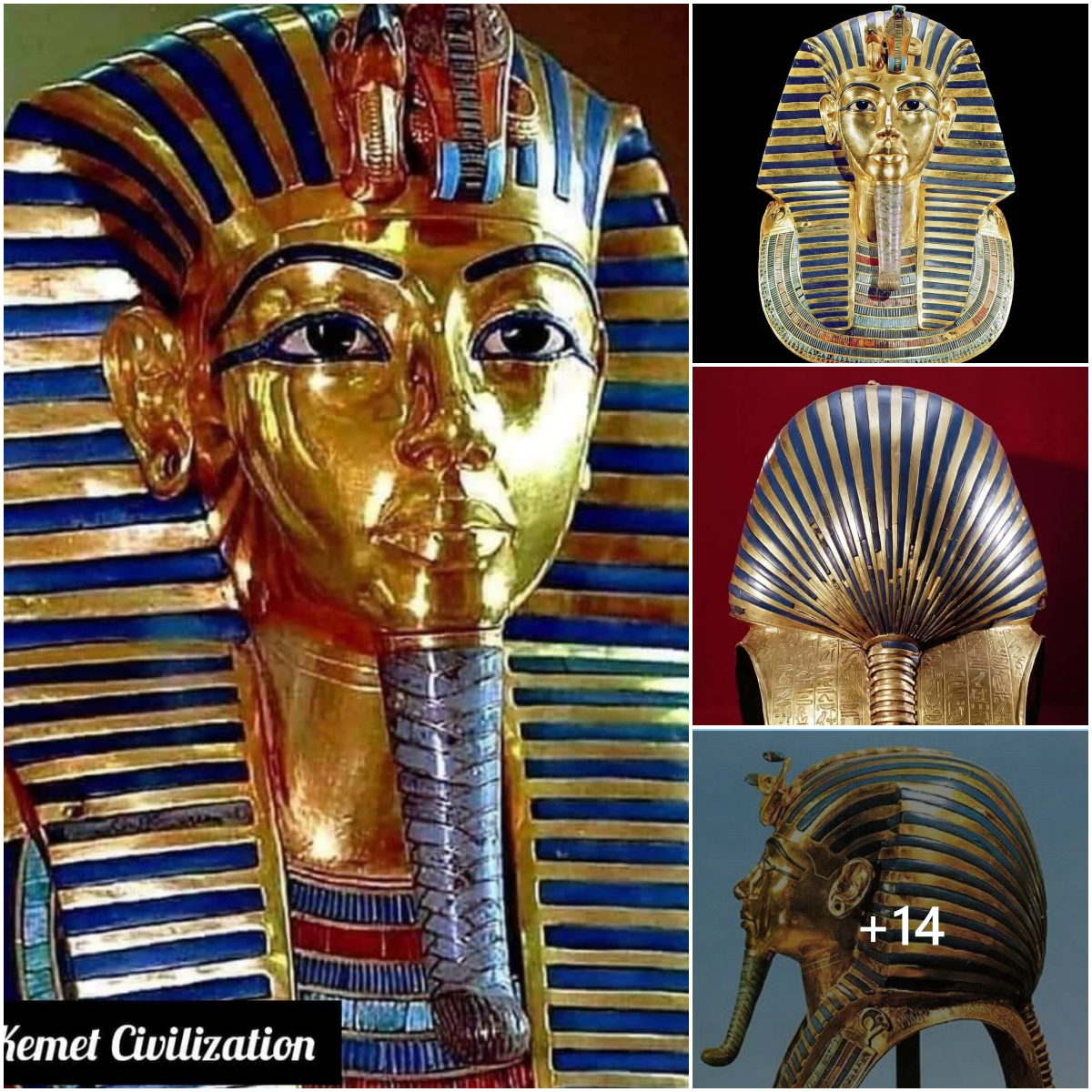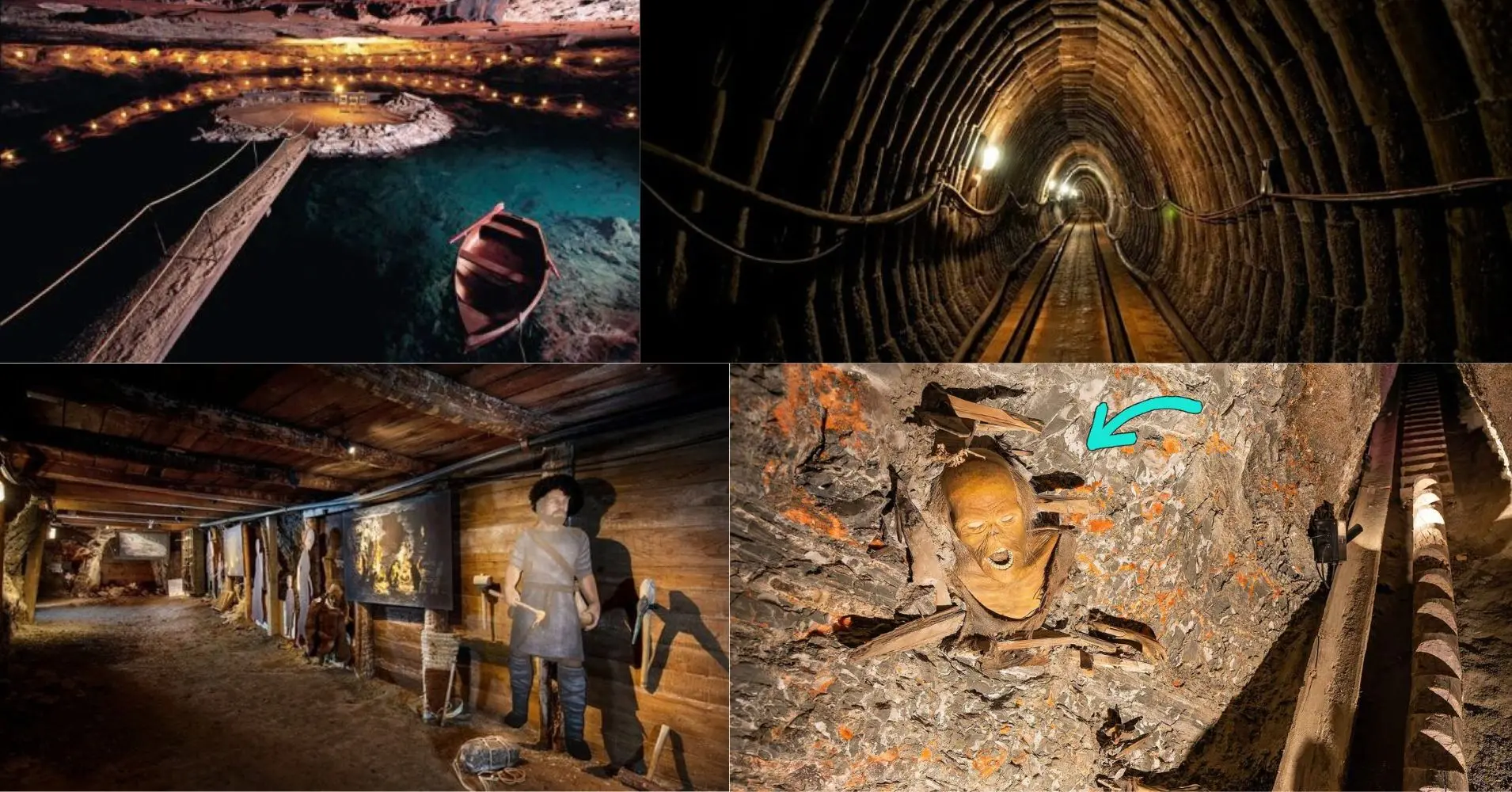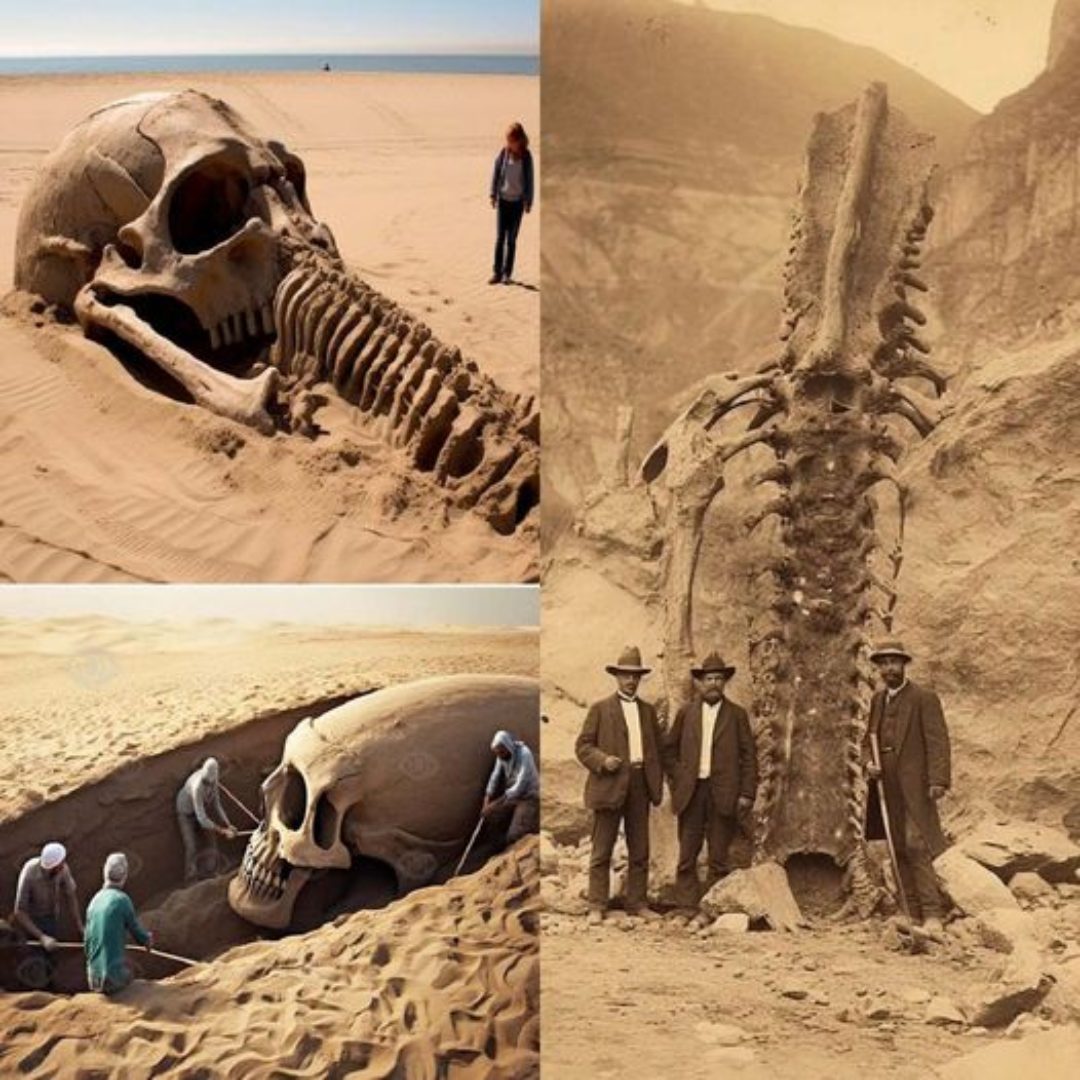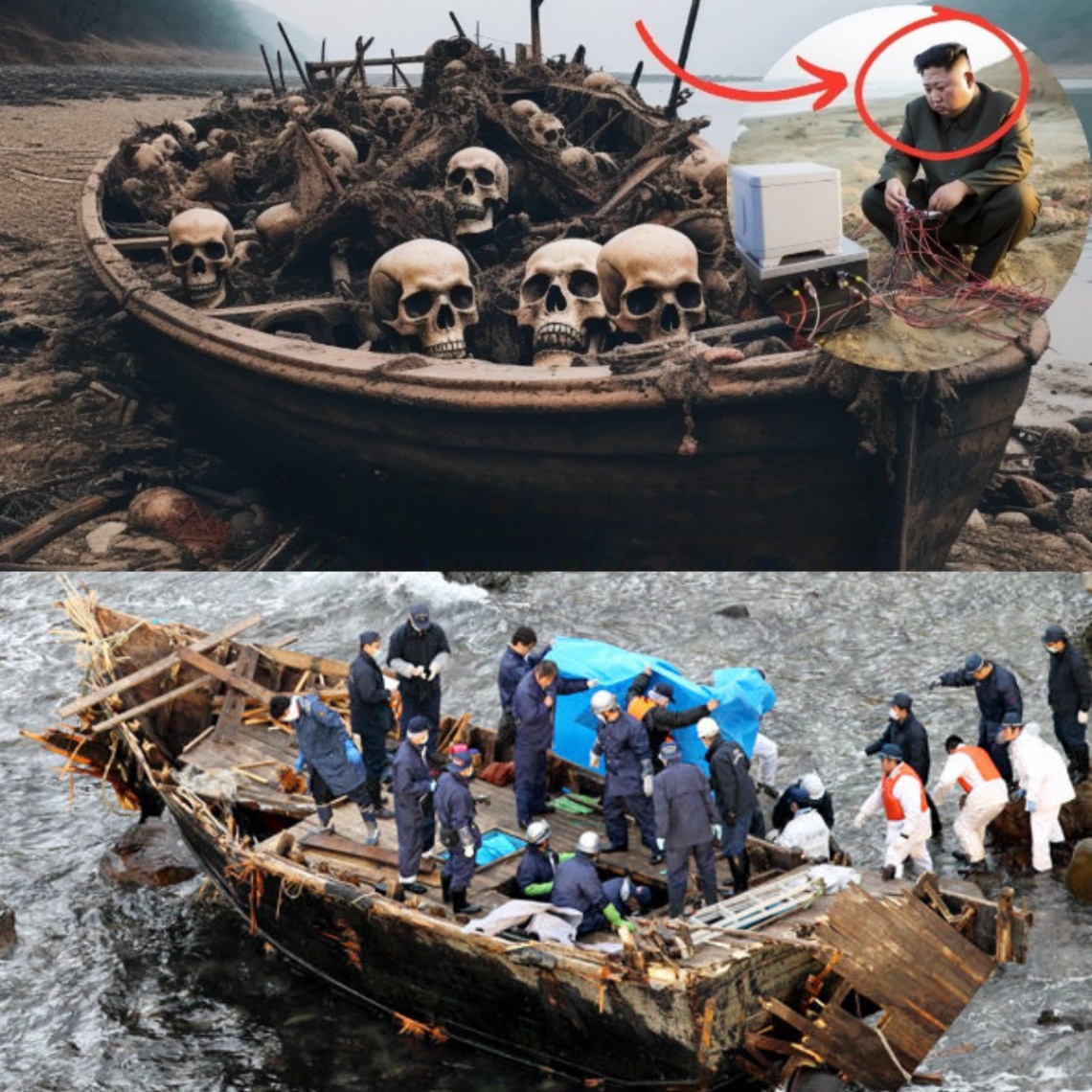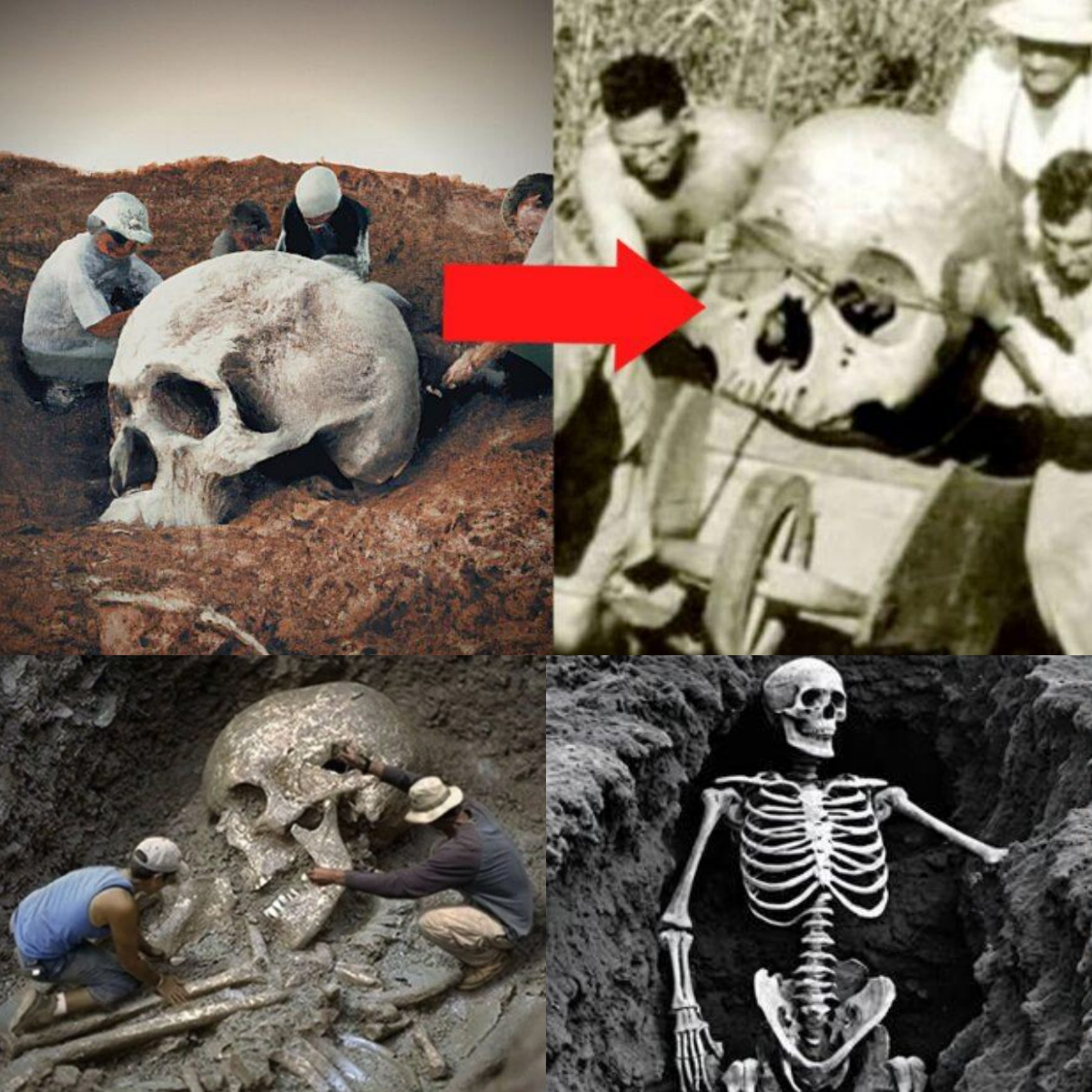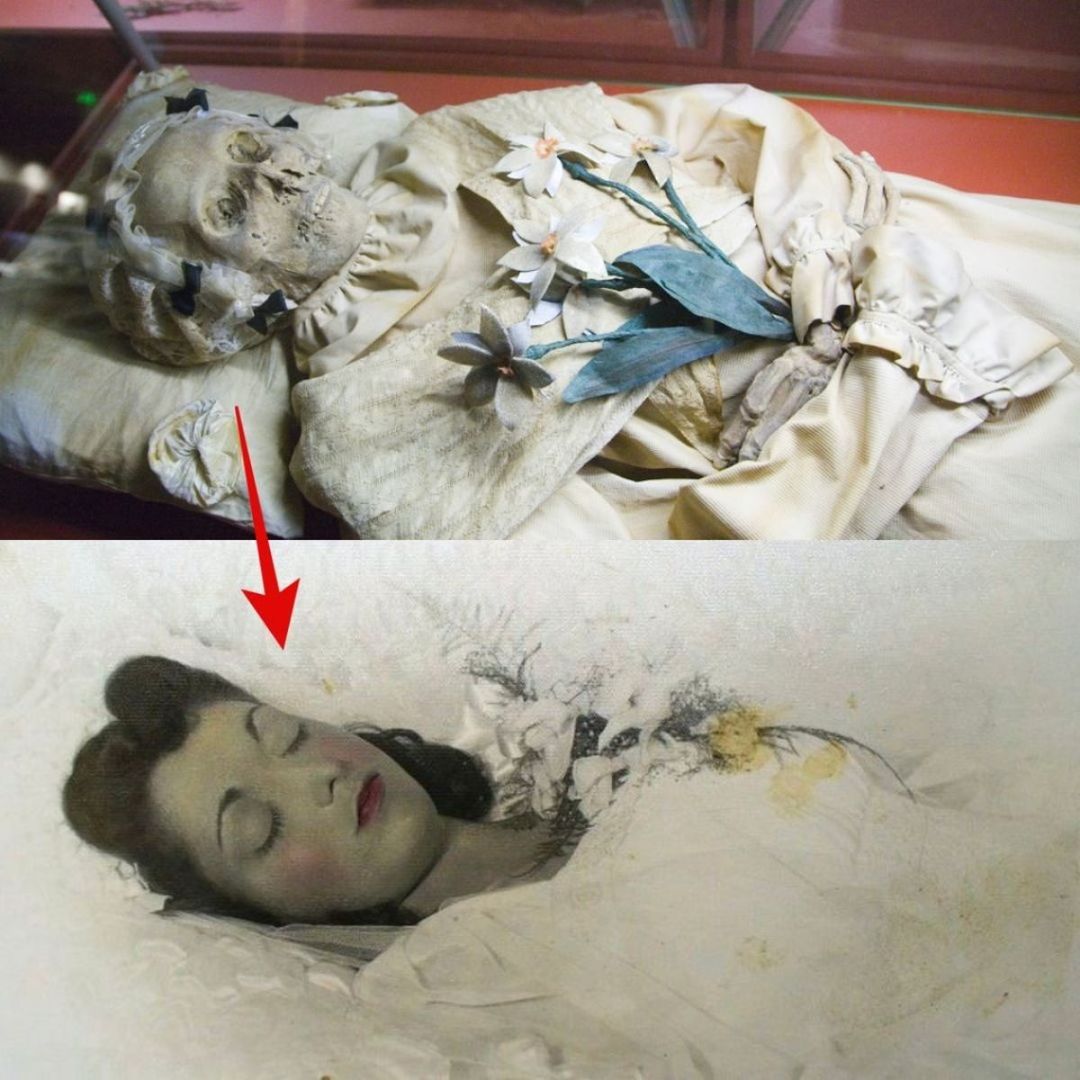
As a powerful, indigenous people living in pre-Roman Italy from the 9th century BCE, the ancient Etruscans have left their artistic mark on Western civilization. However, questions about their mysterious language and culture have perplexed historians and archaeologists for many centuries.
One of the reasons for this is because almost nothing from their literary record has survived, aside from functional inscriptions and funerary texts. But what has survived is a wealth of artifacts, from beautiful bronze mirrors and fine gold jewelry to terracotta sculpture and distinctive pottery. In examining these artistic clues, we can start to piece together some of the details about who these people really were.

The Etruscans lived in a number of independent settlements across ancient Etruria, which at the height of their power stretched across modern-day Tuscany, Umbria and Lazio. These communities (the larger settlements are often referred to as ‘League cities’) shared a language and culture but were also autonomous from each other and, at times, engaged in hostilities.
Their homeland was rich in natural resources, such as copper and iron, and by 750 BCE they were developing trade links with cities across the Mediterranean.

Wealthy Etruscans began to import the finest luxuries from Syria, Asia Minor and particularly Greece. By 575 BCE, Greek craftsmen were settling in Etruria and establishing workshops there due to the Etruscan demand for their produce. Some of the finest examples of Greek vases ever discovered have been found in Etruscan tombs.
Get the latest articles delivered to your inbox
Sign up to our Free Weekly Newsletter
Etruria and Rome

By the 6th century BCE, Rome was a growing urban settlement ruled by kings. Three of its kings, Tarquinius Priscus, Servius Tullius and Tarquinius Superbus, were of Etruscan origin, a clear symbol of Etruria’s power in Italy at that time. Under the Etruscan kings, Rome grew into a city of economic and military strength.
Servius Tullius, in particular, is credited with establishing the foundations of Rome’s political and legal institutions. However, these three kings were also victims of their own success and, by 509 BCE, the monarchy had been over-thrown and the Roman Republic was born.
As Rome’s power grew, she began to expand, defeating and consuming neighboring tribes and cities. Over the next two hundred years, all of Etruria came under Roman control, consigning the Etruscan identity to history.

Mystery has surrounded the Etruscan language for centuries and it is only in the last few decades that some progress has been made in understanding its complexities. The language remains elusive because it is linguistically isolated; it is not an Indo-European language and therefore is not comparable with more familiar ancient languages, such as Latin or Greek.
The script takes the form of an alphabet and some of its letters are similar to Greek letters. Some texts can be largely understood from their context, particularly in the case of epitaph inscriptions; however, our knowledge of Etruscan grammar and vocabulary is limited.

No literary texts, such as poems or letters, survive but in the 19th century Etruscan writing was discovered on strips of linen, binding an Egyptian mummy. The mysterious discovery unveiled the longest existing Etruscan text, known as the ‘Linen Book’. Much of the text cannot be read accurately but it appears to be a type of religious calendar, with references to dates and various deities.
Religion

Etruscan religion appears to have revolved around various beliefs and practices disseminated by seers and priests. From tomb paintings and altars, we know that they believed in a variety of gods and goddesses, some of whom were adopted from Greek religion.
Tin/Tinia was the Etruscan equivalent of the Greek Zeus and Uni was his wife. Their daughter was Menrva, the goddess of war, art and wisdom. From her name alone it is easy to see that she was later absorbed by the Romans into their state religion as Minerva.
Etruscan priests practiced divination, the art of interpreting signs given by the natural world. For example, every public event would begin with the examination of the liver of a sacrificed animal.

Bronze labelled templates have been discovered which are believed to have been used in these ceremonies to divine the meaning of lumps and discoloration in particular sections of the liver. This practice was later adopted and closely adhered to by the Romans.

The Etruscans are perhaps most well-known today for their artistic material culture, which took the form of pottery, terracotta sculpture, jewelry, and bronze-work. From the 6th century BCE onwards, the styles and designs used by Etruscan craftsmen also highlight the clear influence of Greek culture on Etruria.
One of the earliest examples of terracotta objects, dating from the 8th century BCE, are hut urns used to store the cremated ashes of the deceased. These engaging cinerary urns take the form of small houses, often with decorated walls and removable doors, which were thought to offer a safe haven for the spirits of the dead. It is believed that the urns depict miniature versions of houses and sacred buildings of the time.
The 7th century BCE saw the emergence of a distinctive and uniquely Etruscan form of pottery, known as bucchero. Bucchero ware is distinguishable by its shiny black or grey surface formed in a specialized firing process. Highly decorative and later imitated by Greek potters, bucchero pottery has been found in large numbers in Etruscan tombs. It appears to have been particularly favored by the elite as a symbol of power and social status.

Etruscan craftsmen were also renowned for their bronze-work, in particular decorative mirrors. Large numbers of mirrors have been found in Etruscan tombs and it appears that they were the prized possessions of both women and men. One side of the mirror was burnished or silvered to give it its reflective quality and the other side was often engraved.
Detailed scenes from Greek mythology can be found on many of these mirrors, another sign of cultural influence. The mirrors served a practical purpose but also a symbolic one. They were commonly given as bridal gifts and therefore became objects of sentimental as well as monetary value.

Perhaps the Etruscans’ most notable artistic achievements can be found in their gold-work and jewelry. Etruscan goldsmiths were particularly skilled in the art of granulation and filigree and surpassed the expertise of even their Greek counterparts. Granulation is the process by which tiny metal granules are formed and then applied to a surface to create a design.
Filigree is the art of forming fine metal wire into intricate patterns. Both techniques were common in Etruscan jewelry from the 7th century BCE and exquisite examples have been found everywhere from northern France to the Levant. Today, one of the finest collections of Etruscan jewelry in the world can be viewed in the Vatican Museums in Rome.

It is clear, therefore, that the Etruscans were a community who took pleasure in fine objects and luxurious materials. We may not fully understand their language and religious practices but we can appreciate their rich and sophisticated culture as well as the influences they embraced from the world around them.
They were a people who ultimately succumbed to the rising power of Rome but their artistic legacy will forever live on in the wealth of artifacts they left behind.
